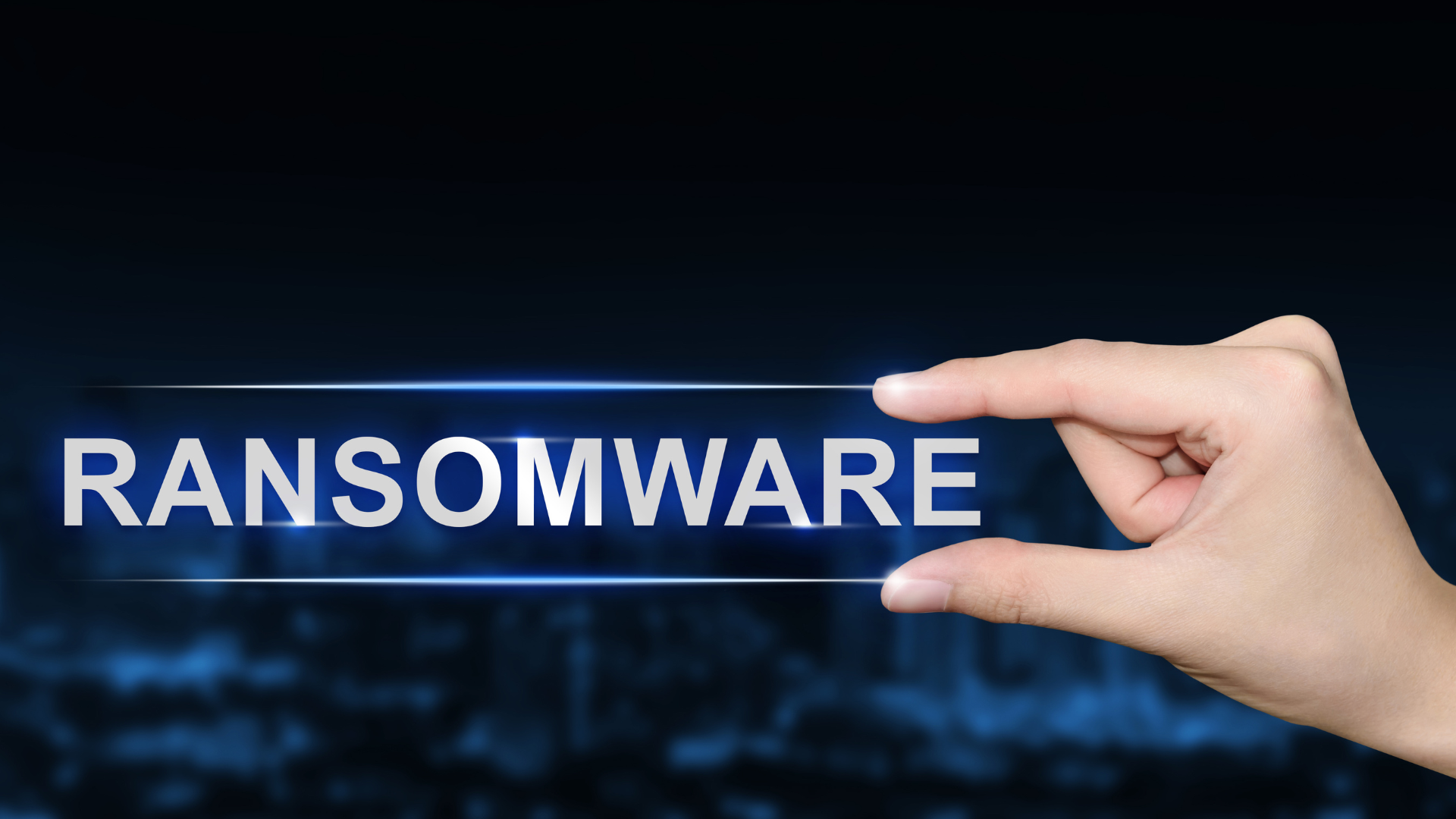How to Prevent Phishing Attacks: A Guide for Small Businesses
How to Prevent Phishing Attacks: A Guide for Small Businesses
Phishing attacks are one of the most common and dangerous cyber threats facing small businesses today. These attacks involve cybercriminals impersonating trusted entities to trick employees into revealing sensitive information, such as login credentials, financial data, or customer information.
For small businesses with limited resources, a single successful phishing attack can lead to financial losses, data breaches, and reputational damage. At K9 Webops, we understand the unique challenges small businesses face and are here to help you safeguard against these threats.
In this guide, we’ll explore the signs of phishing, how to prevent attacks, and what to do if your business becomes a target.
What is Phishing?
Phishing is a cyberattack where fraudsters use deceptive emails, websites, or messages to trick victims into revealing sensitive information. Common tactics include impersonating a legitimate organization, creating a sense of urgency, or offering fake incentives.
Examples of Phishing Attacks:
• Email Phishing: Fake emails that appear to come from trusted sources, such as your bank or a vendor.
• Spear Phishing: Personalized attacks targeting specific individuals or businesses.
• Smishing and Vishing: Phishing attacks via SMS (text messages) or voice calls.
• Clone Phishing: Duplicating a legitimate email with malicious links or attachments.
How to Recognize a Phishing Attempt
Suspicious Sender Address
Phishing emails often come from addresses that look legitimate but contain small misspellings or unusual domains (e.g., support@yourbank.co instead of support@yourbank.com).
Urgent or Threatening Language
Phishers often use urgency to pressure victims into acting quickly, such as threatening account suspension or legal action.
Generic Greetings
Emails addressing you as “Dear Customer” or “Dear User” instead of using your name may indicate phishing.
Requests for Sensitive Information
Legitimate companies rarely ask for passwords, credit card numbers, or Social Security numbers via email or text.
Links or Attachments
Phishing emails frequently include malicious links or attachments. Hover over links to check the URL before clicking, and avoid downloading unexpected attachments.
Steps to Prevent Phishing Attacks
Train Your Employees
Your employees are your first line of defense against phishing. Regular training helps them identify and respond to suspicious messages.
Training Tips:
• Teach employees to verify the sender before opening emails or clicking links.
• Use phishing simulation tools to test employee awareness.
Get started with our Free Cybersecurity Survey to assess your team’s readiness.
Use Multi-Factor Authentication (MFA)
MFA adds an extra layer of security to accounts, making it harder for attackers to gain access even if they obtain login credentials.
How to Implement MFA:
• Enable MFA on all critical accounts, such as email, financial systems, and cloud apps.
• Use apps like Google Authenticator or Microsoft Authenticator for secure code generation.
Deploy Email Security Tools
Advanced email filters and anti-phishing tools can block suspicious emails before they reach your inbox.
Recommended Tools:
• Spam filters to identify and quarantine phishing emails.
• Tools like Mimecast or Proofpoint for advanced email threat protection.
Encourage Safe Browsing
Educate employees about avoiding suspicious websites and links.
Quick Tip:
• Use browser extensions like HTTPS Everywhere or URL checkers to enhance web security.
Regularly Update Software
Outdated software can be an entry point for phishing attacks. Keeping your systems up-to-date helps close vulnerabilities.
Best Practices:
• Enable automatic updates for operating systems and applications.
• Use a centralized system to manage updates across all devices.
Back Up Your Data
Regular data backups ensure you can recover critical information in case of a ransomware attack or other cyber incidents.
Backup Tips:
• Schedule automatic backups to cloud storage or external devices.
• Test your backups periodically to confirm they are recoverable.
What to Do If You Fall Victim to a Phishing Attack
Disconnect and Contain
If a device is compromised, disconnect it from the network immediately to prevent the attack from spreading.
Change Passwords
Reset passwords for all affected accounts, especially if credentials were shared with the attacker.
Notify Stakeholders
Inform your IT team, customers, and vendors about the breach to prevent further damage.
Report the Attack
Report phishing emails to anti-phishing organizations, such as the Anti-Phishing Working Group (www.antiphishing.org).
Conduct a Security Review
Analyze the attack’s impact and update your cybersecurity protocols to prevent future incidents.
How K9 Webops Can Help
At K9 Webops, we provide tailored cybersecurity solutions to protect small businesses from phishing and other cyber threats. Our services include:
• Employee Training: Equip your team with the skills to identify and avoid phishing scams.
• Email Security Solutions: Implement tools to filter and block malicious messages.
• Free Cybersecurity Assessments: Identify vulnerabilities and receive actionable recommendations.
Take our Free Cybersecurity Survey to assess your risks and protect your business today.










